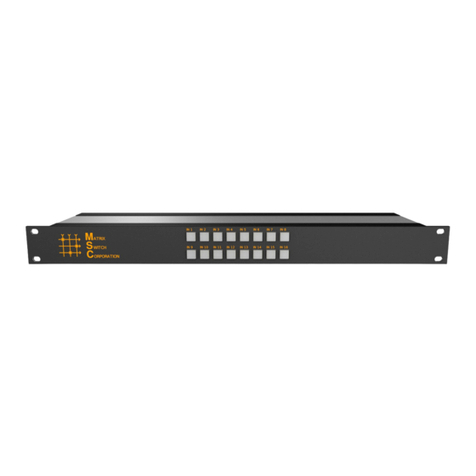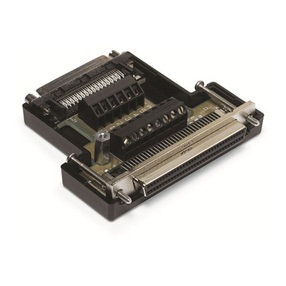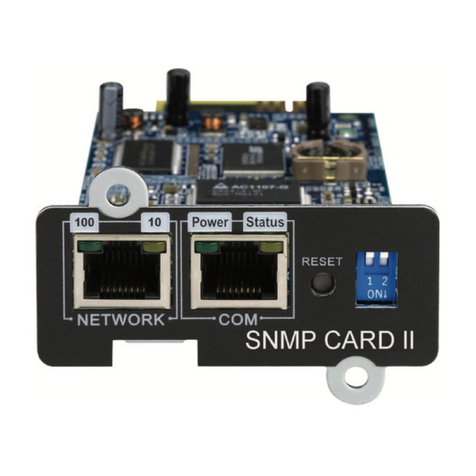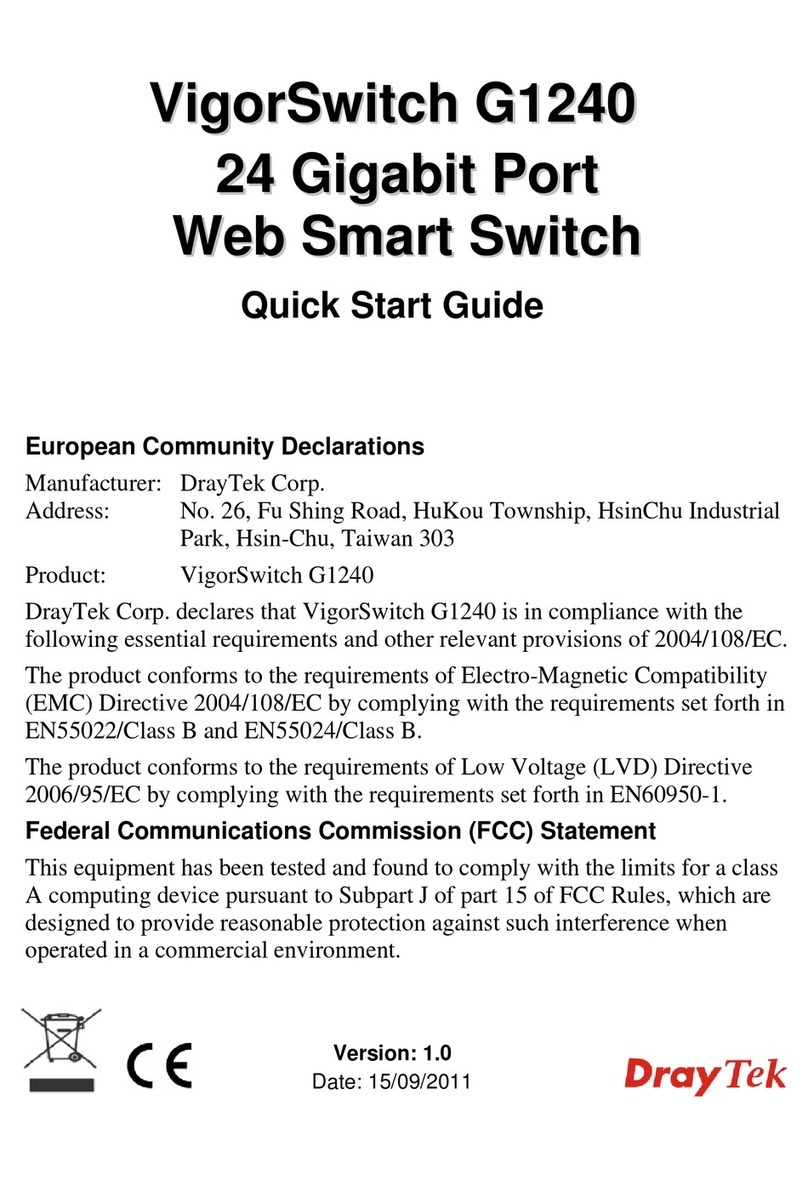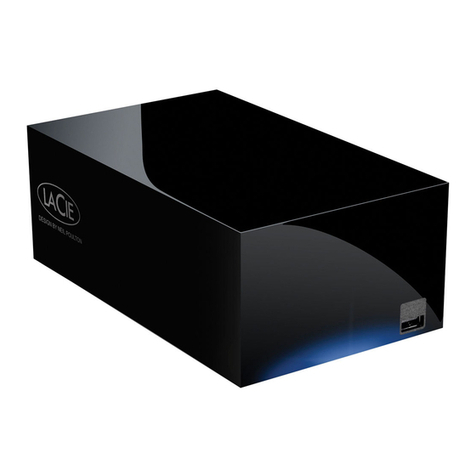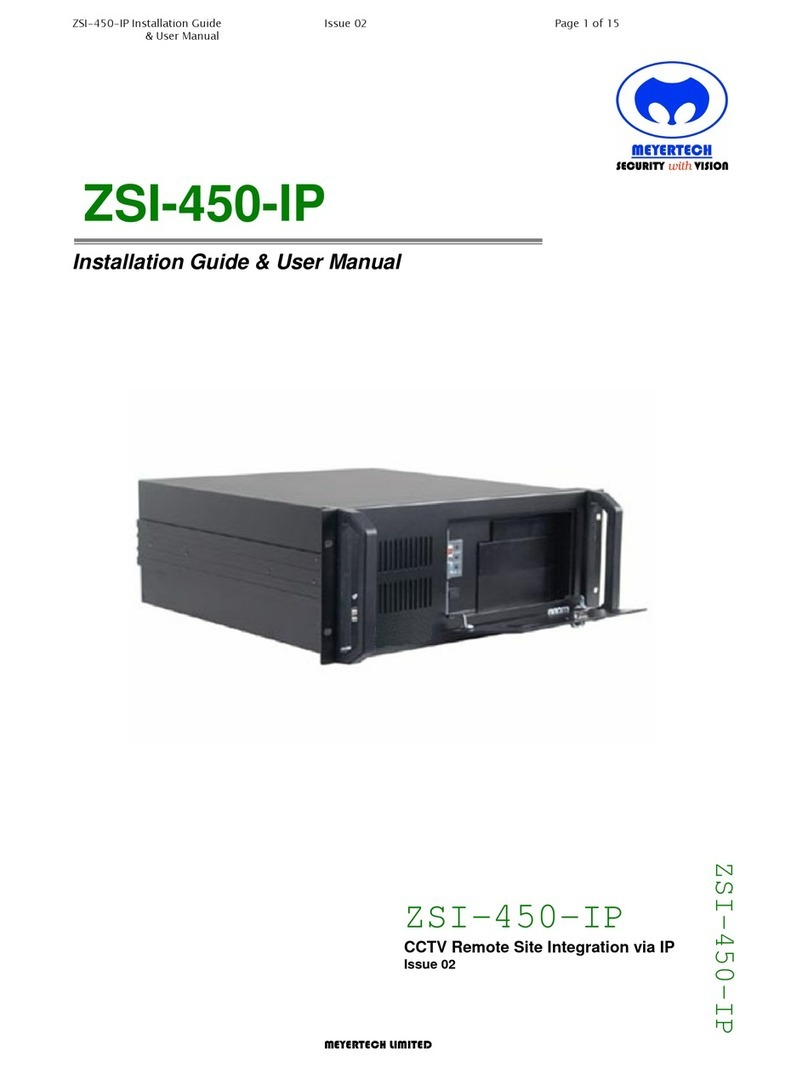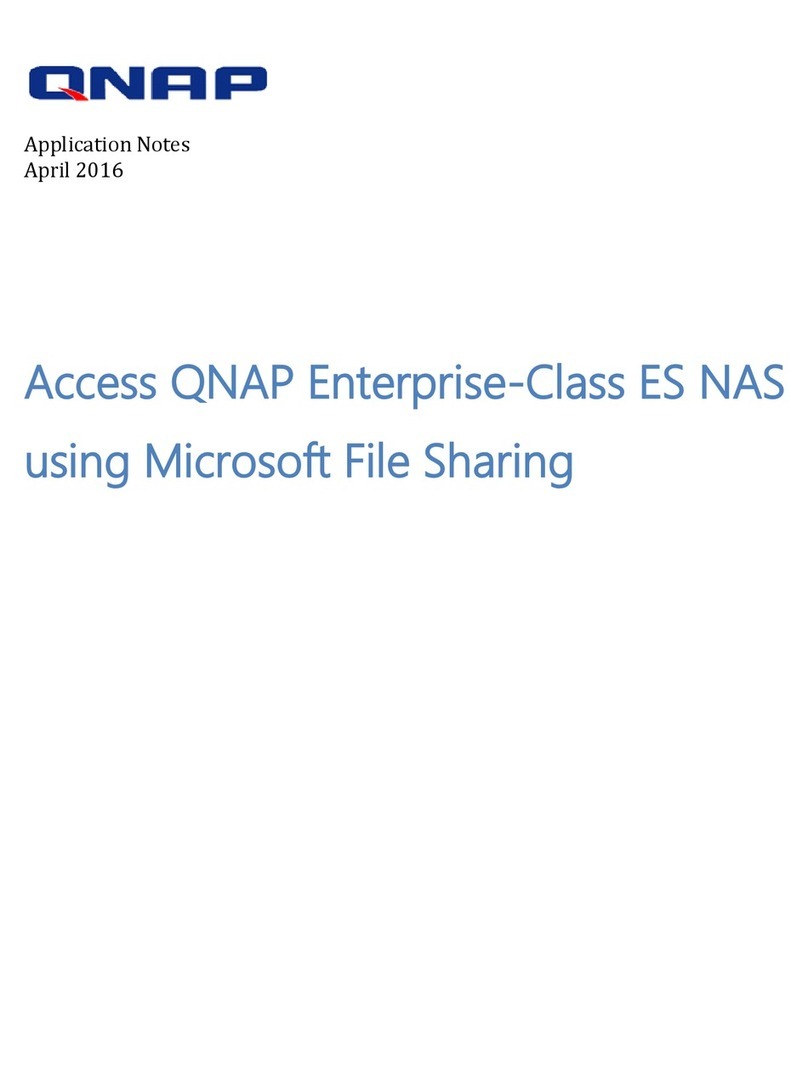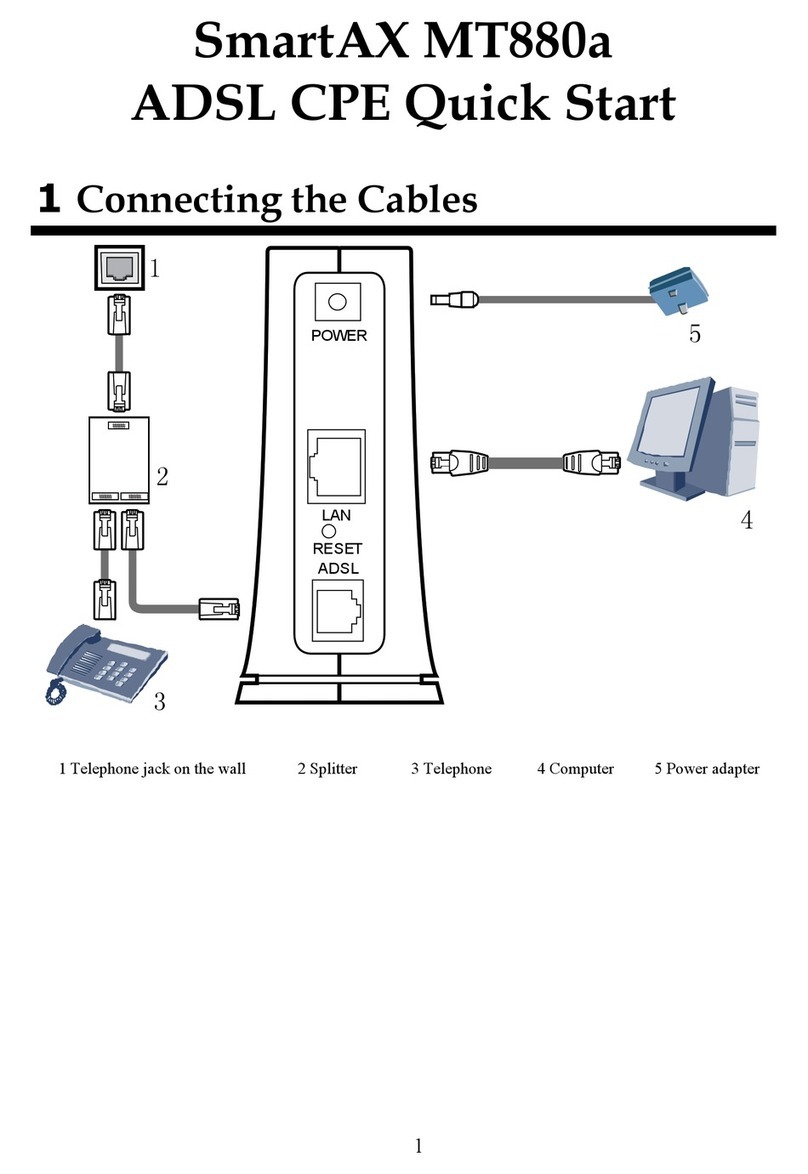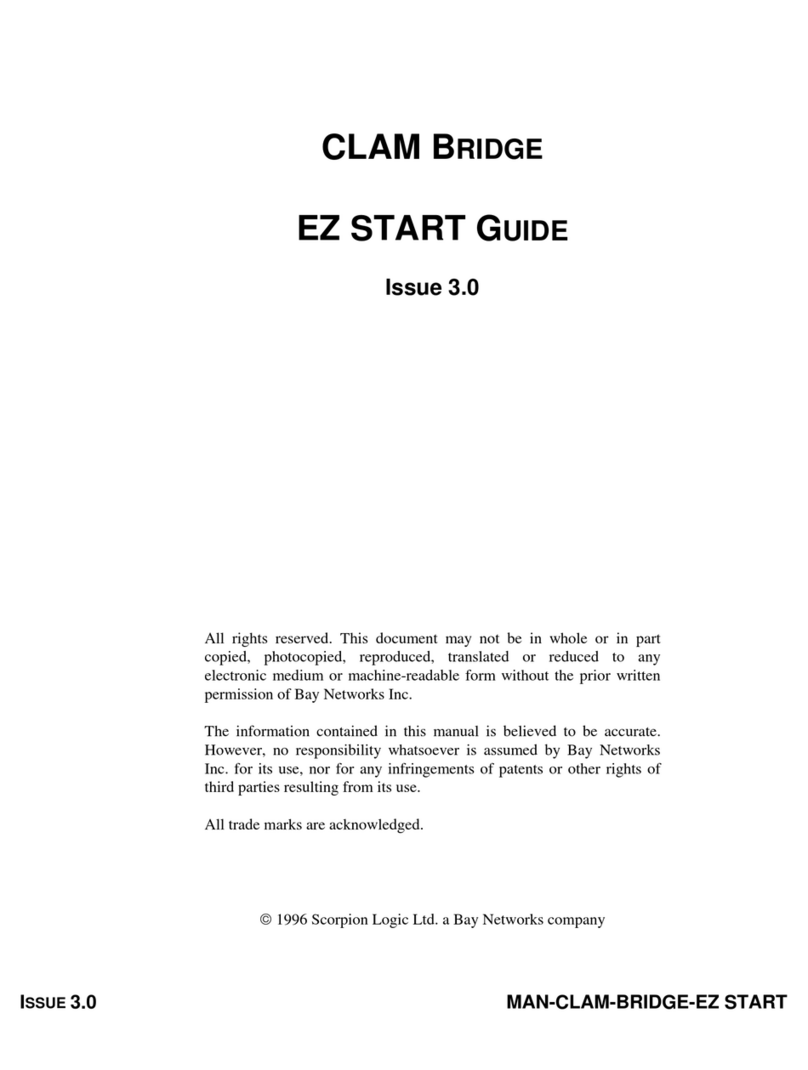
89
2800 Laura Lane • Middleton, WI 53562 | 800.288.9383 • fax: 608.836.9044 | www.tcsbasys.com
GATEWAY
CONFIGURATION PAGE
APPLICATION INFORMATION
This section contains settings which define how the QD3040 interacts with the controller network, and how it communi-
cates the data to the actual server.
Application Options: Secure Sockets Layer (SSL requires port 443 to be open)
RS-485 Network - Port Configuration: Here you will configure each of the COM ports for this site. The communication
ports are automatically detected once the QD3040 is powered up. Once detected each COM port needs to be configured
to ensure proper functioning of the network on each port. Each port can be enabled or disabled from the drop down menu.
You must also select the proper protocol being used on each port. The current protocol selections from the drop down
menu are BACnet. You must also select the communication baud rate for each port. This setting must be the same as all
of the controllers on that port. You can also adjust the Time-Out Period for each port. BACnet recommends 600ms for
wired networks. Reties are what you expect, number of tries before considering the device not communicating.
MAC: is the local bus line address just like you set in a stat. This is due to BACnet having a multi-master system as op-
posed to the TCS bus being 1: master and multiple slaves.
Max Master: Refers to upper limit of addresses that the unit will communicate with.
Example if you have Max Master set to 10 and you set you device address to 11 the unit will not communicate with that
device.
NETWORK INFORMATION
This section contains settings which control how the QD3040 connects out through the LAN or WAN to the Internet. All of
these settings are determined by your local network administrator or IT department. The correct settings, network per-
missions, and port openings (WAN Outbound, ports 80 and/or 443) need to be verified with them prior to installation and
connecting to the local network.
Communications Options: The QD3040 supports both static IP and Dynamic Host Configuration Protocol (DHCP) IP
address allocations. Enter the Central Server Location, typically www.ubiquitysystems.net by clicking the “Set Ubiquity Do-
main Name” button. Select whether to enable or disable special options. Enter host name if needed (typically left blank).

